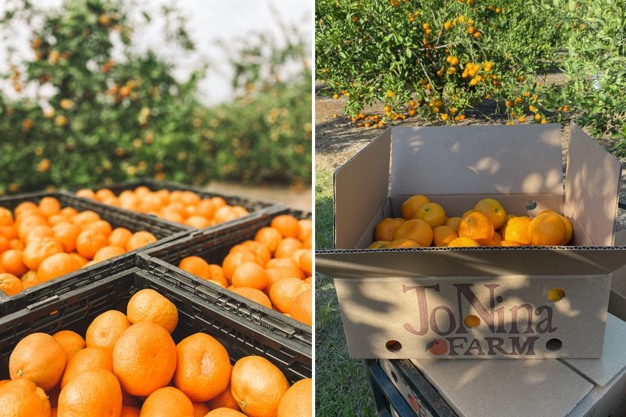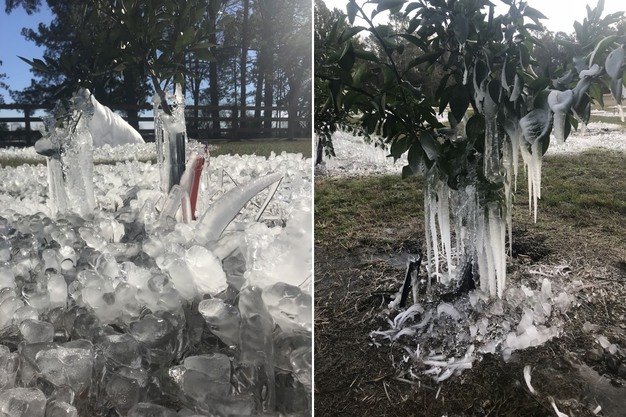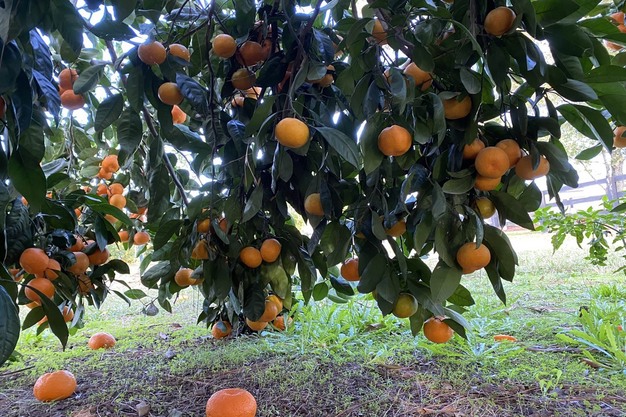Georgia citrus looks to have around 15 percent of the fruit it normally does due to numerous weather events. In December of 2022, the region was hit with an arctic blast which involved four days of sub-freezing temperatures. “It was between 15-17 degrees Fahrenheit and no matter what you do to freeze-protect your trees, it’s going to hurt,” says Lindy Savelle of the Georgia Citrus Commission. “We didn’t lose many trees but by January, our trees had no foliage.”

Then in March, a late freeze hit which knocked many blooms off. “So between the blast in December and the freeze in March, we have probably 10-15 percent of the fruit we had last year,” Savelle says, adding that Georgia is largely a fresh-fruit-producing state. “You have a tree that has no fruit and then the next tree has five or six pieces and the next tree is loaded. However, it is good fruit--there’s just not much of it.”
The season started slightly early this year and will go about 60 days in total. While Georgia grows mandarins, it’s also adding some navels oranges, tangos and grapefruit production. It’s expected the season will go on until the first week of January once that fruit reaches maturity.

Demand greater than supply
Not surprisingly, demand is strong for the fruit that is available. “It’s really sad this year. When you work hard to develop a market and then Mother Nature does its thing, then you don’t have the volume to support what the demand is,” says Savelle.
However, on a more positive note, Savelle says that the Georgia citrus industry has learned that the state can grow citrus there despite a deep freeze. “You just have to realize that there will be a momentary setback of a year or two and then you’re you’re going at it again,” she adds.

As for pricing, it is the same as last year--however, the pack-outs are at a higher percentage for growers. “When you have less to choose from, your cull level is lower. Something that might have a slight little scratch would be more acceptable. That’s what we’re seeing,” says Savelle.
In general though, Savelle believes growth is ahead for Georgia citrus. “We’ve got the University of Georgia committing to putting breeders and horticulturalists in place to support this and the governor’s support of the commission,” she says. “That speaks volumes that the industry is here to stay. We’ve had problems with these brief weather events but we’ve also had milestones and improvements. Together that makes a good picture of the industry here.”
 For more information:
For more information:
Lindy Savelle
Georgia Citrus Commission
[email protected]
https://www.georgiacitrusassociation.org/
